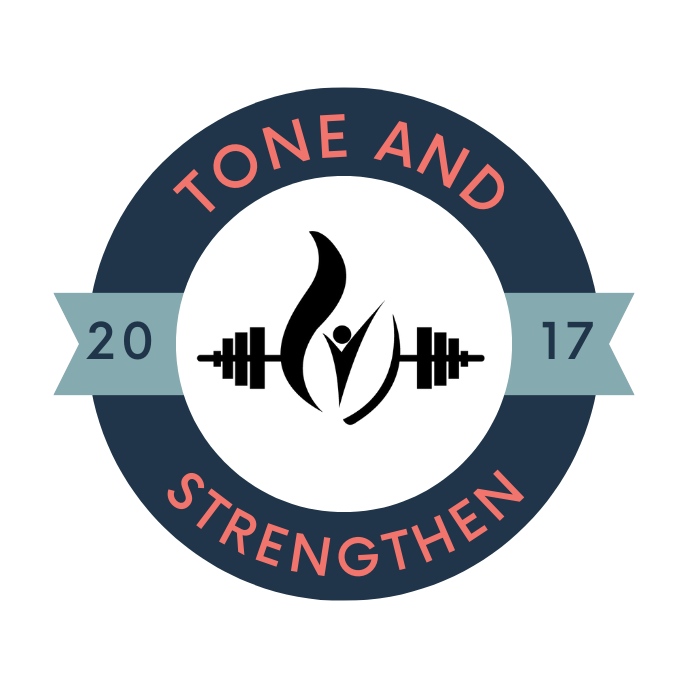
Holistic Approach to Running
You are a new runner or a seasoned runner; you know that running is a progressive sport. As a runner, it’s super exciting to see your running progress and growth. Runners make many mistakes, such as adding too much volume too soon, going too fast, an unstructured training routine, avoiding cross-training, and inadequate fueling. Avoiding these mistakes is easy and requires us to take a holistic approach to running. A holistic approach to running leaves no stone unturned. It’s important to examine all areas of life that affect your running.
Looking beyond the numbers will turn you into a sustainable runner instead of looking at just the quantifiable running improvements, like mileage and speed. Here are five areas to think about on your running journey.
Define your running WHY
Define your WHY When it comes to running like any other habit, it’s essential to find your WHY—finding your why is the single most crucial thing that will make this habit sustainable. Are you trying to lose weight? Want to feel stronger? Maybe you want to run your first Marathon? Is it part of your new healthy lifestyle change? or it was to set aside some meditative time for yourself.
Whatever your reason for running, make sure you take a few moments to define it clearly. Stick it on your nightstand or mirror. When the dark, wet nights of winter arrive, it will act as a great motivation to get you out of the door.
Your WHY can change with time. Occasionally revisit defining your WHY for the running process to make sure your WHY still aligns with your running purpose. Update your intention as you need it. Your WHY will keep you moving towards your goals and give you mental strength when the going gets tough. Trust me, it gets tough when the volume gets high, and you have other life priorities on your list as well.
Cross-train
Running is a high-impact and strictly a sagittal plane sport. It involves moving forward, hitting the ground, and swinging your arms. These motions can be repetitive for your body. It’s good to diversify your activity portfolio. Experiment with an alternative workout for the days you feel a little extra beat up, hint recovery days. Do you like dancing? Does yoga relax you?
Cross-training is the best way for runners to build strength without overdoing it. Using cross-training, you can target your body from multiple angles to develop more comprehensive body strength as a runner; you could consider biking, yoga, strength training, climbing, and even soccer as forms of cross-training. Consider a group exercise class that focuses on neglected muscle groups like the core and upper body. You don’t need to leave your house for any of these classes with many available virtual fitness classes.
Recovery and Rest
Rest is a vital part of training. Runners often overlook the value of rest. Keep your rest days for low-intensity workouts, or take a break if your body asks for complete rest. The rest and recovery days will ensure that your body is ready for the subsequent hard training. Always make sure you have time for a post-run stretch and pre-run mobility. Making mobility and recovery a habit will reduce the risk of injury as your running volume increases. A good, holistic approach to efficient running is to run better and feel even better.
Fuel your runs
Running creates microtears in our muscles that get stronger with the repair process. That’s how our body adapts to hard workouts. It’s important to consider nutrition’s fundamental aspect of training that doesn’t require hitting the pavement. Proper nutrition and hydration can make or break a workout or race and affect how you feel, work, and think.
Fueling to support running fitness isn’t that complicated. Your nutrition plan should include
- Proper hydration
- Eating for good health
- Consuming enough carbohydrates
- Nutrient timing
Life is part of training
Focusing on your running and training is excellent. We can’t deny that life and other stressors that come along with it also exist. Consider all the stresses like work schedule, family commitments, and vacation plans. Make sure you keep your weekly training flexible so that it can fit in with the rest of your life.
Considering the time that works best for your runs can help you run around your life commitments. Maybe, going for a run early in the morning can be easy, or you can multitask by going for a run with a friend and catching up with them.
Taking a holistic approach to running can set you up for a lifetime of successful running. Diving into mindfulness, running, and taking the whole picture of life will rewire your mind, calm the soul, and take your running performance to new peaks.

This Post Has 0 Comments